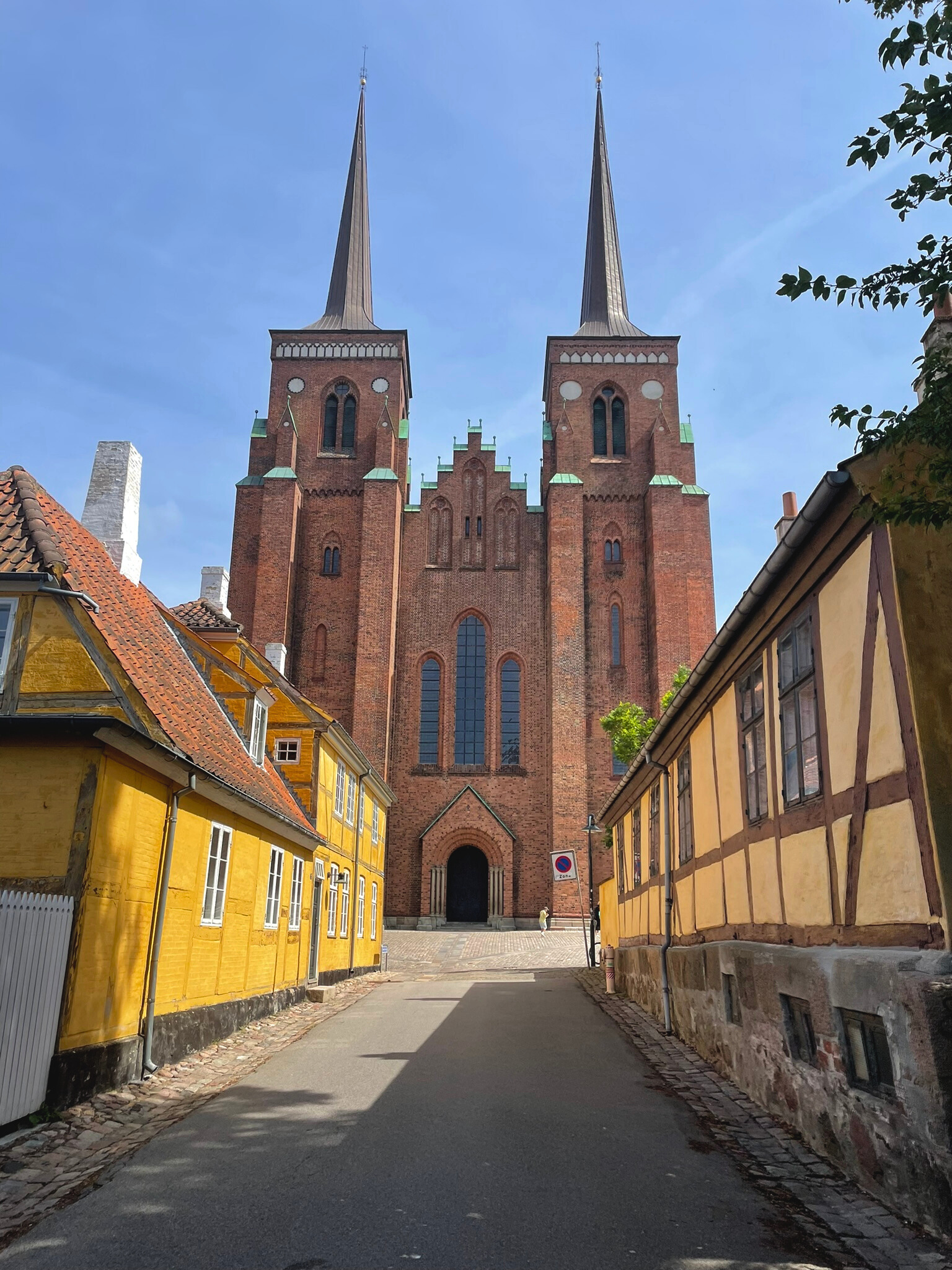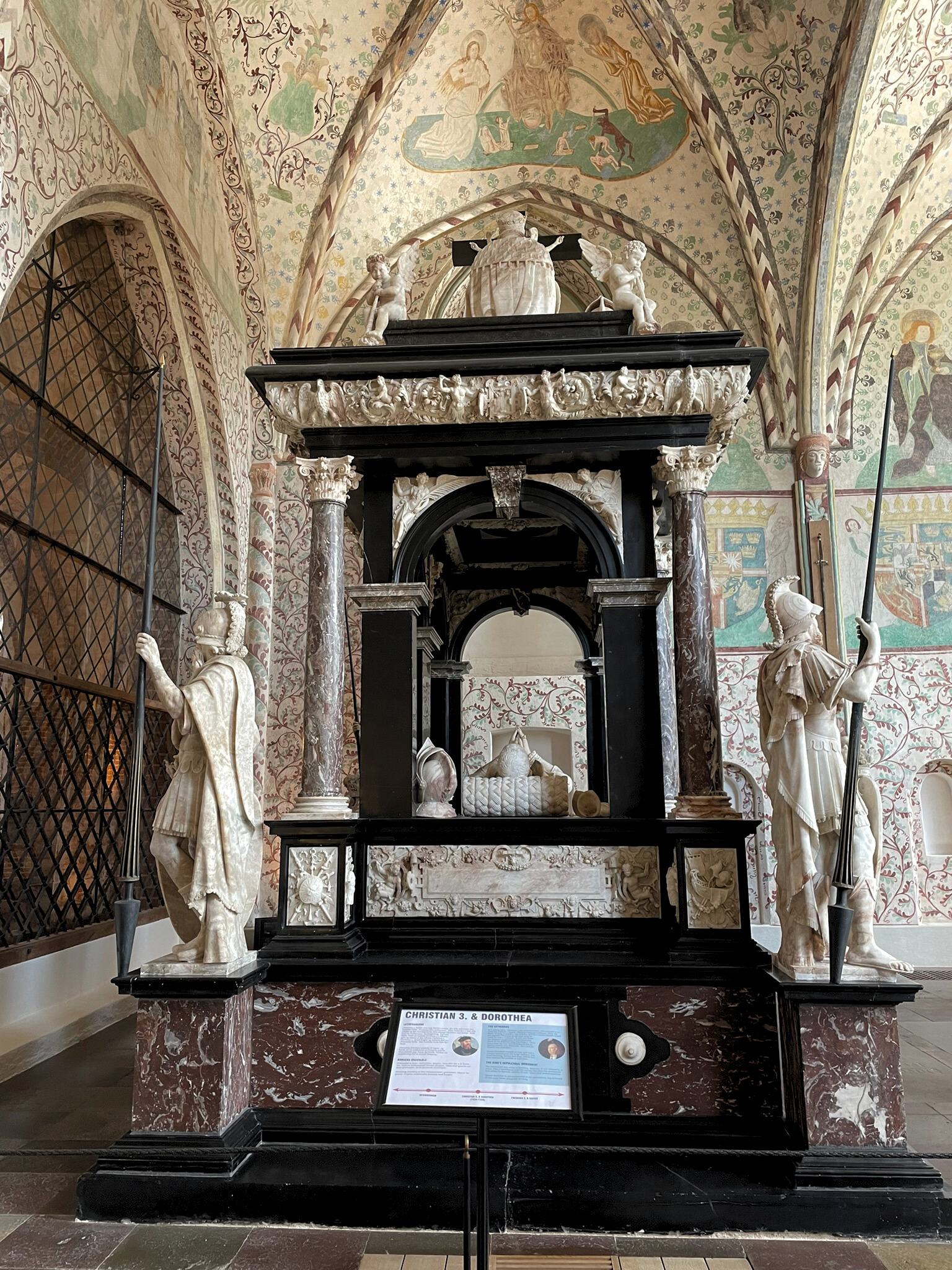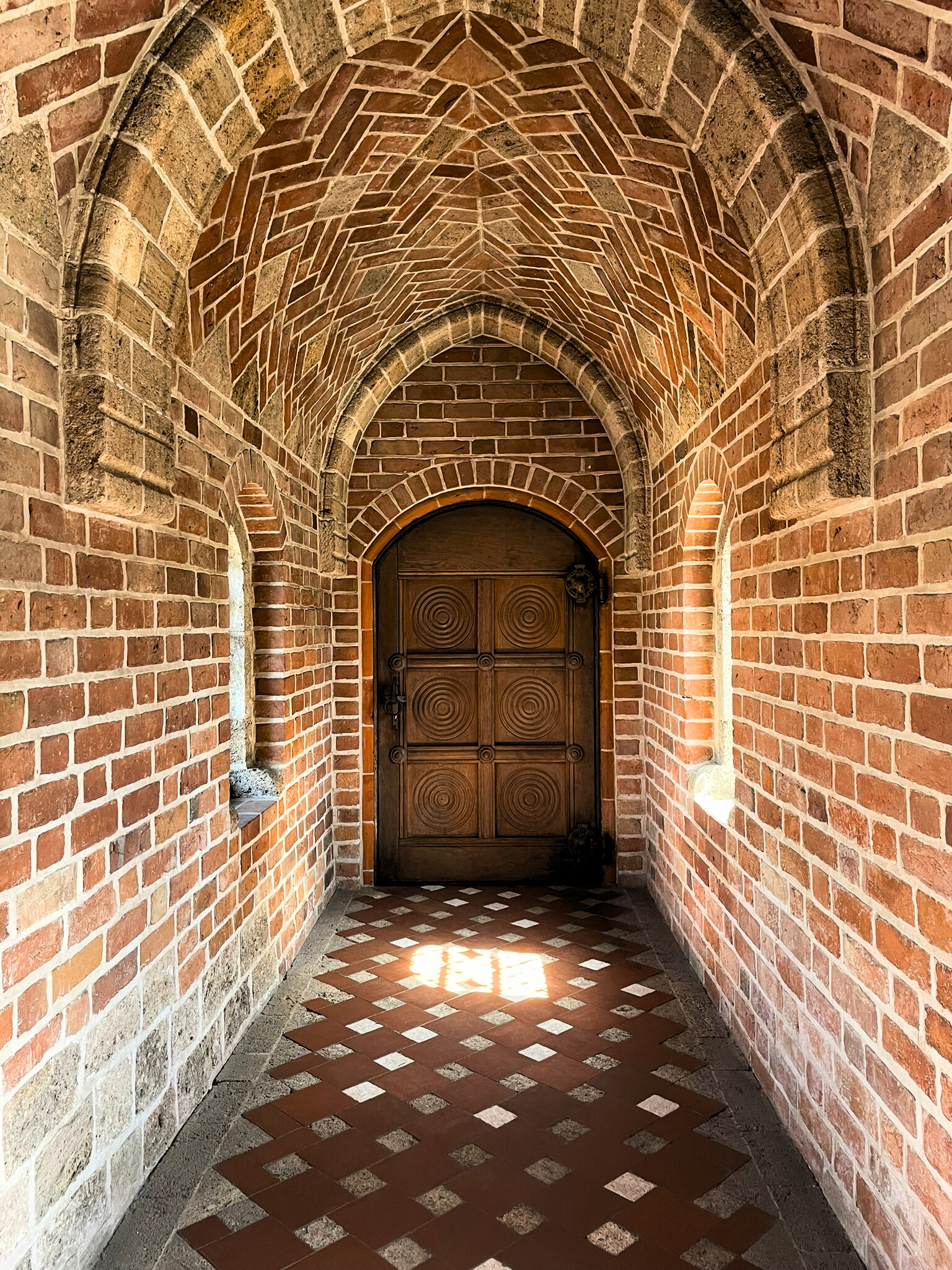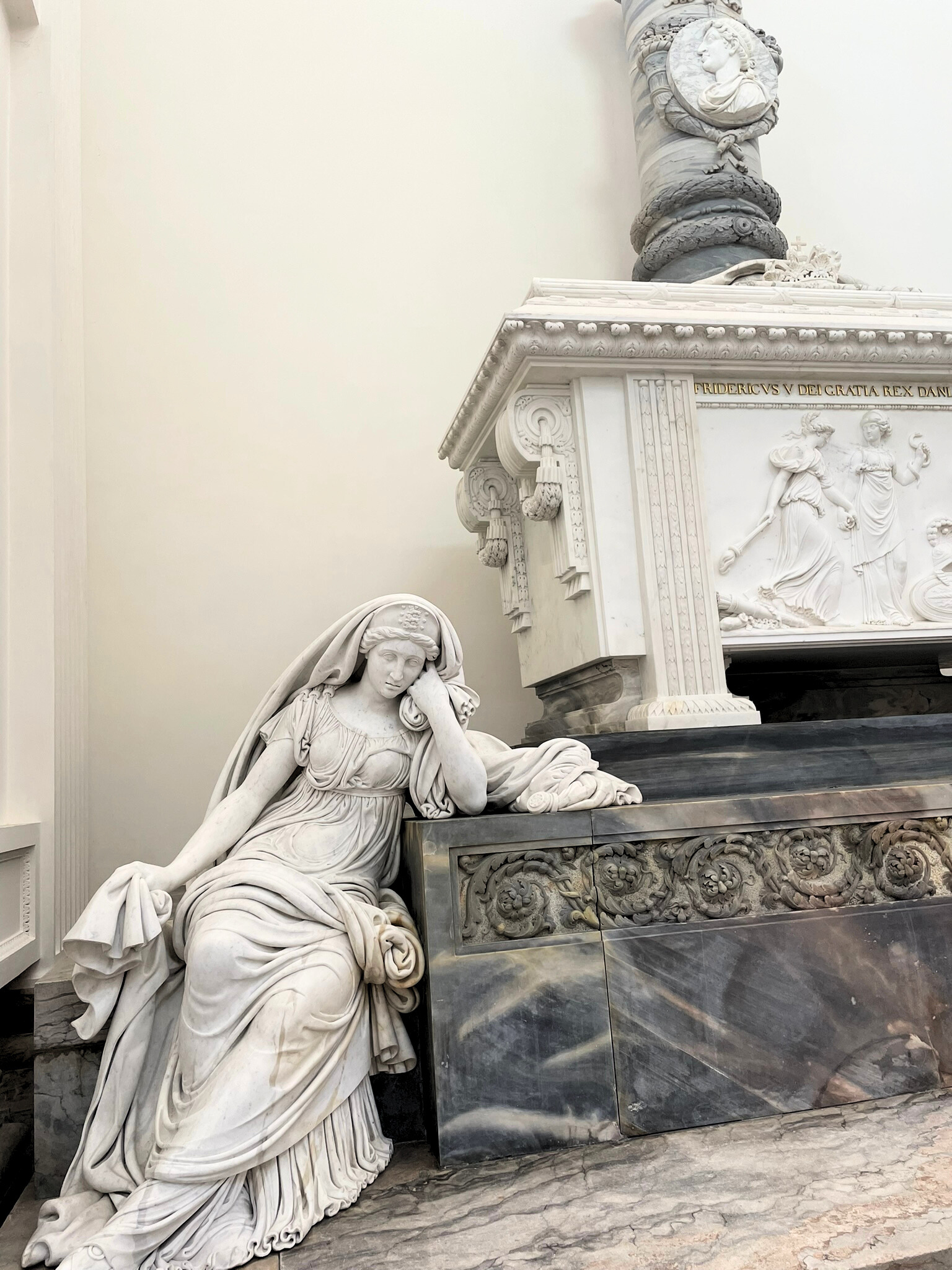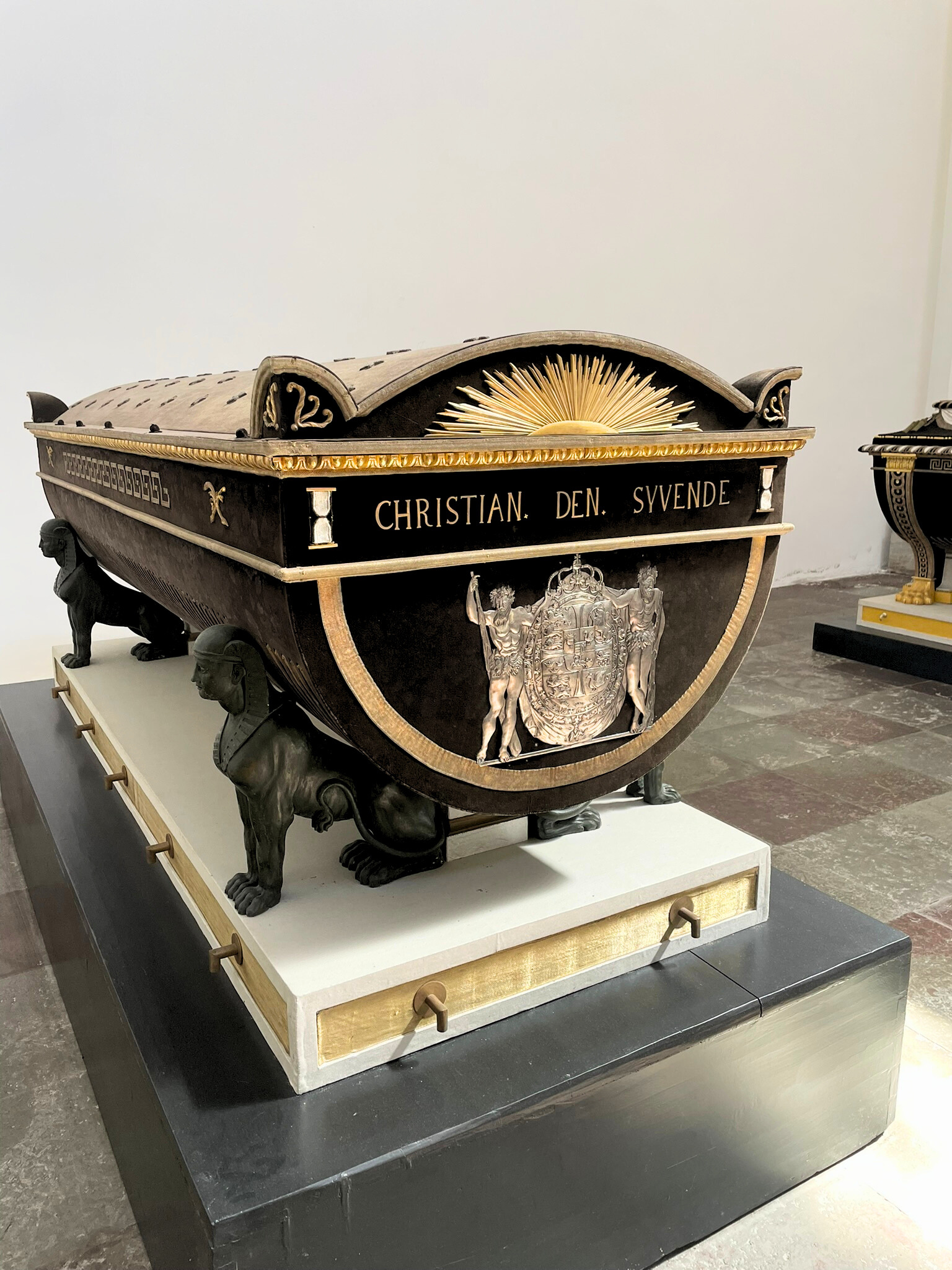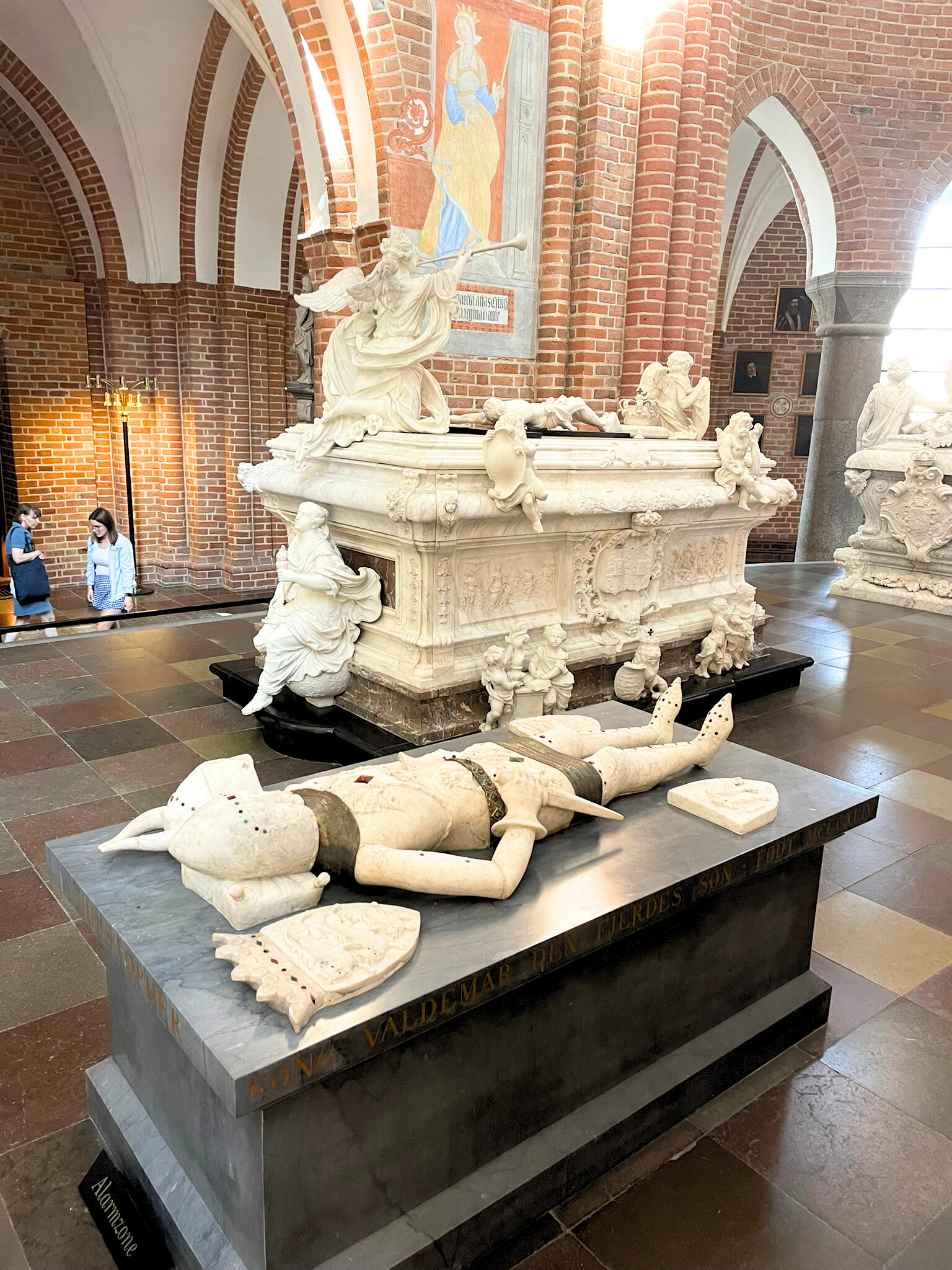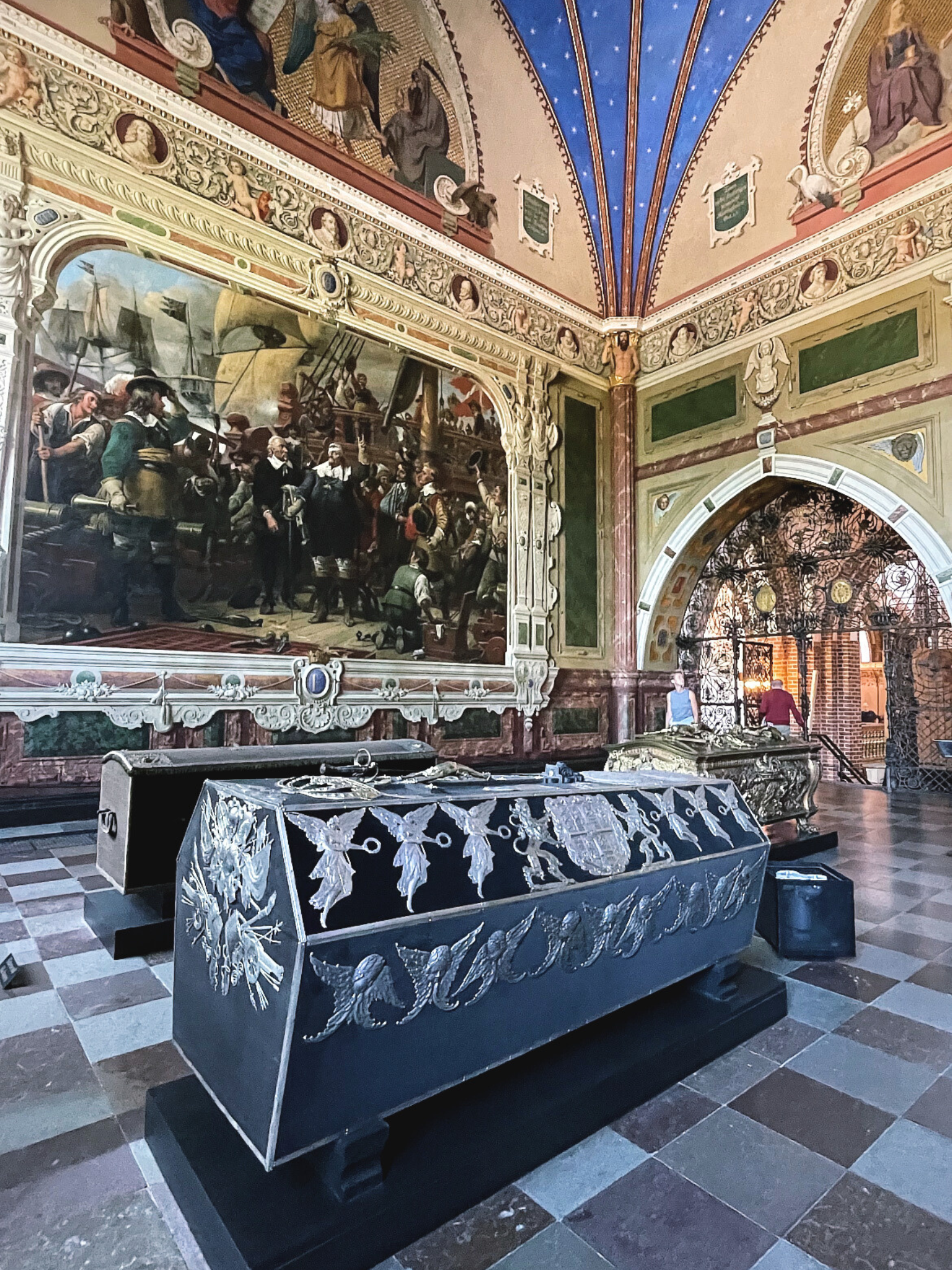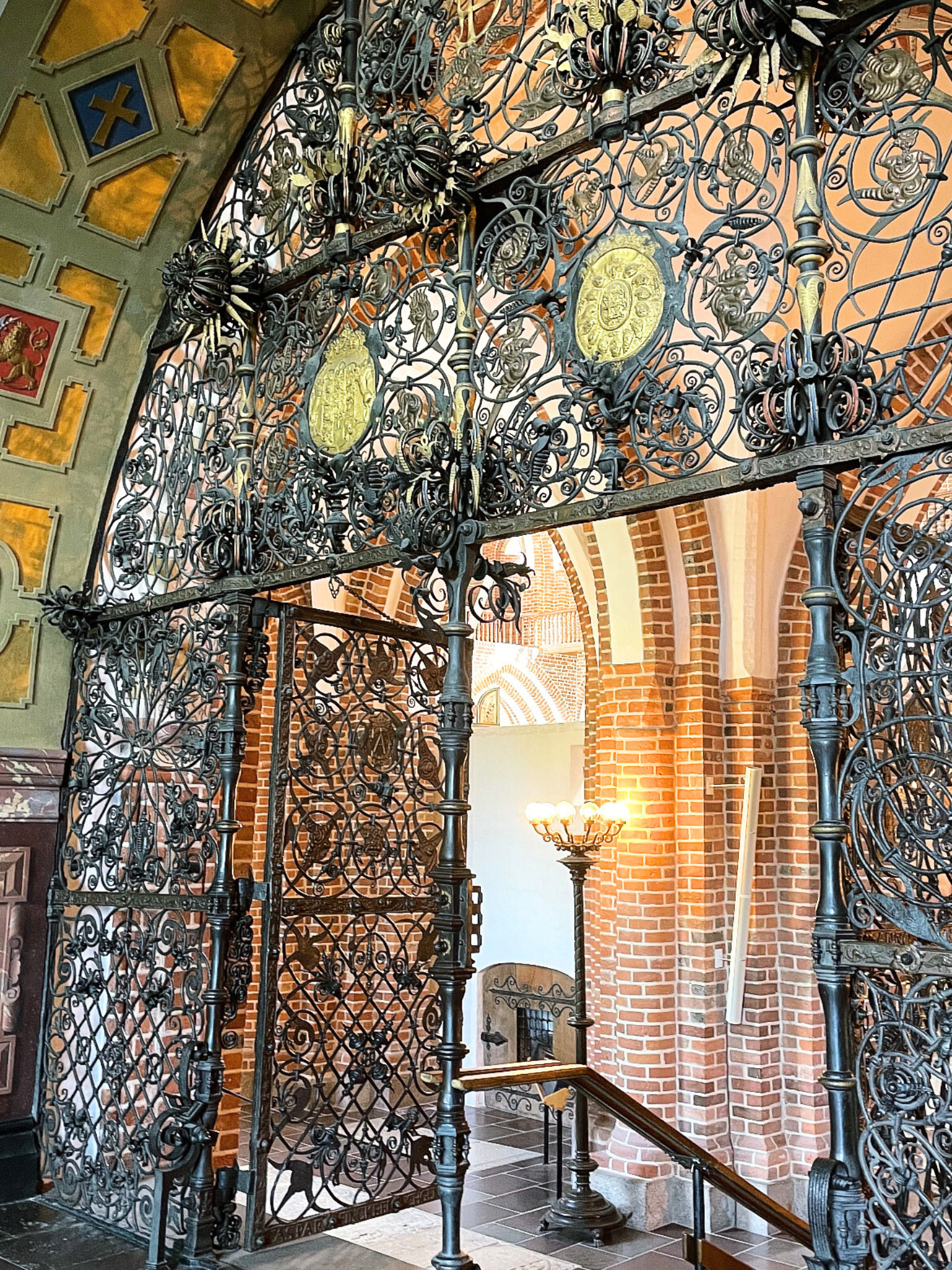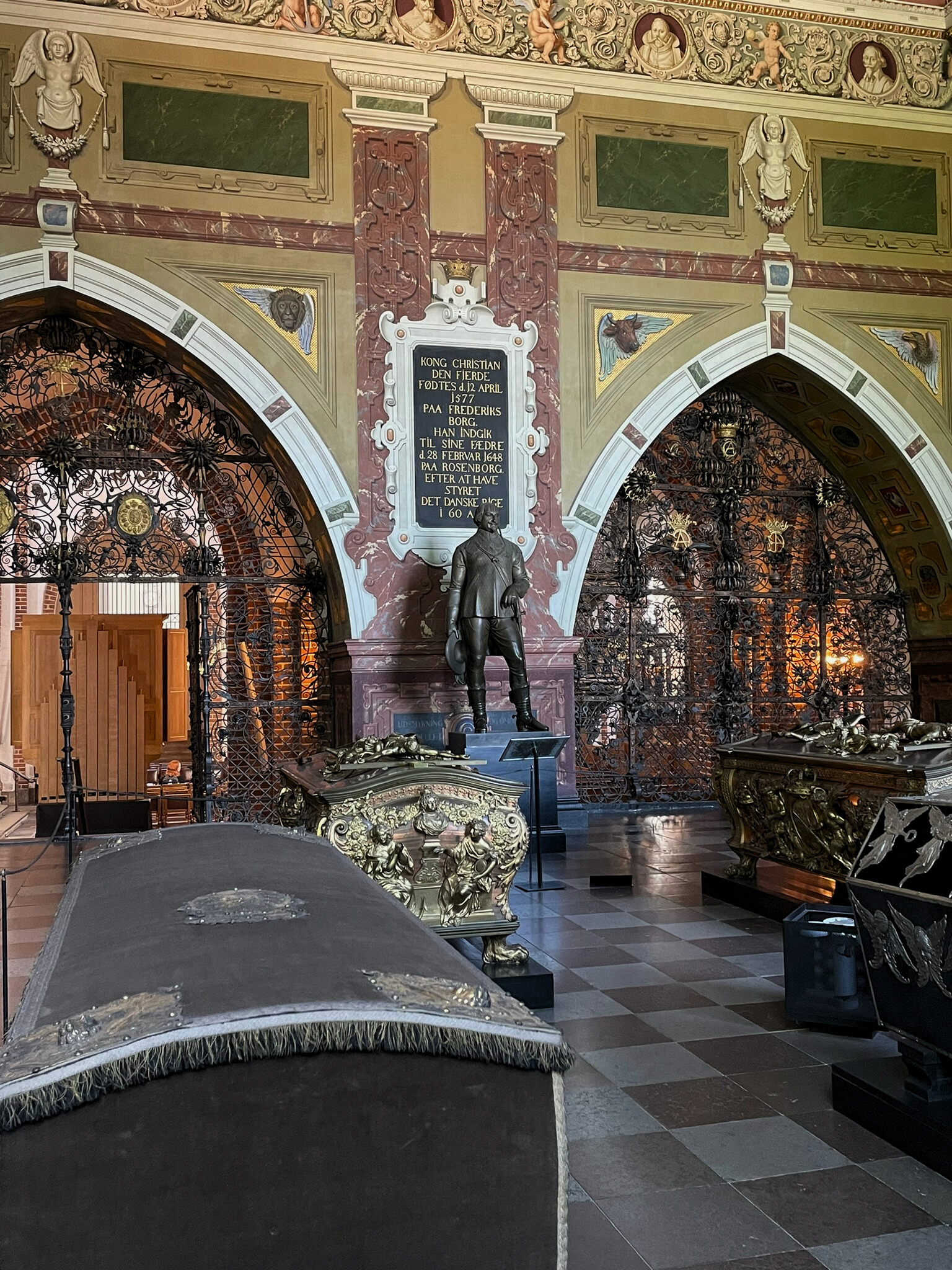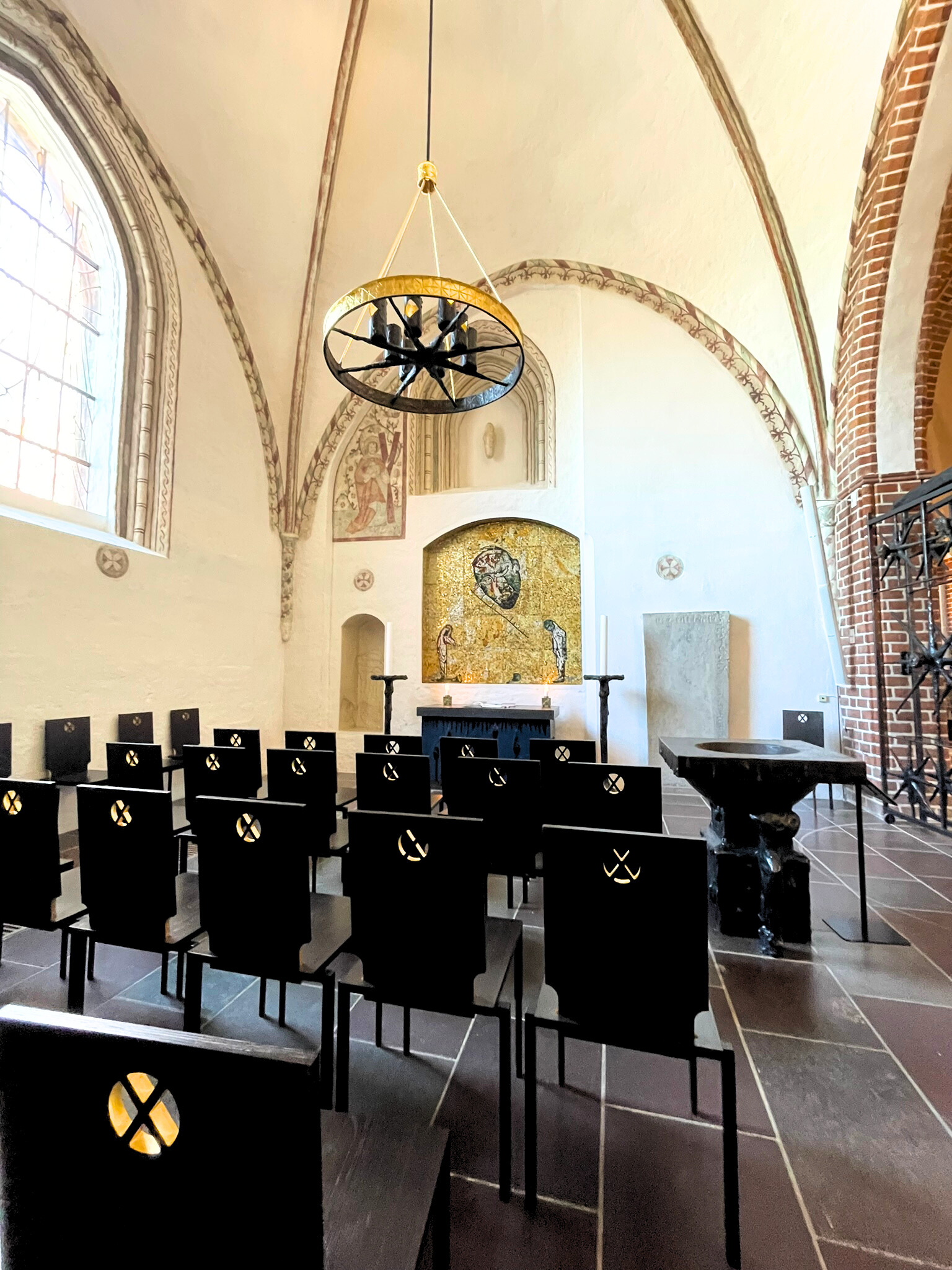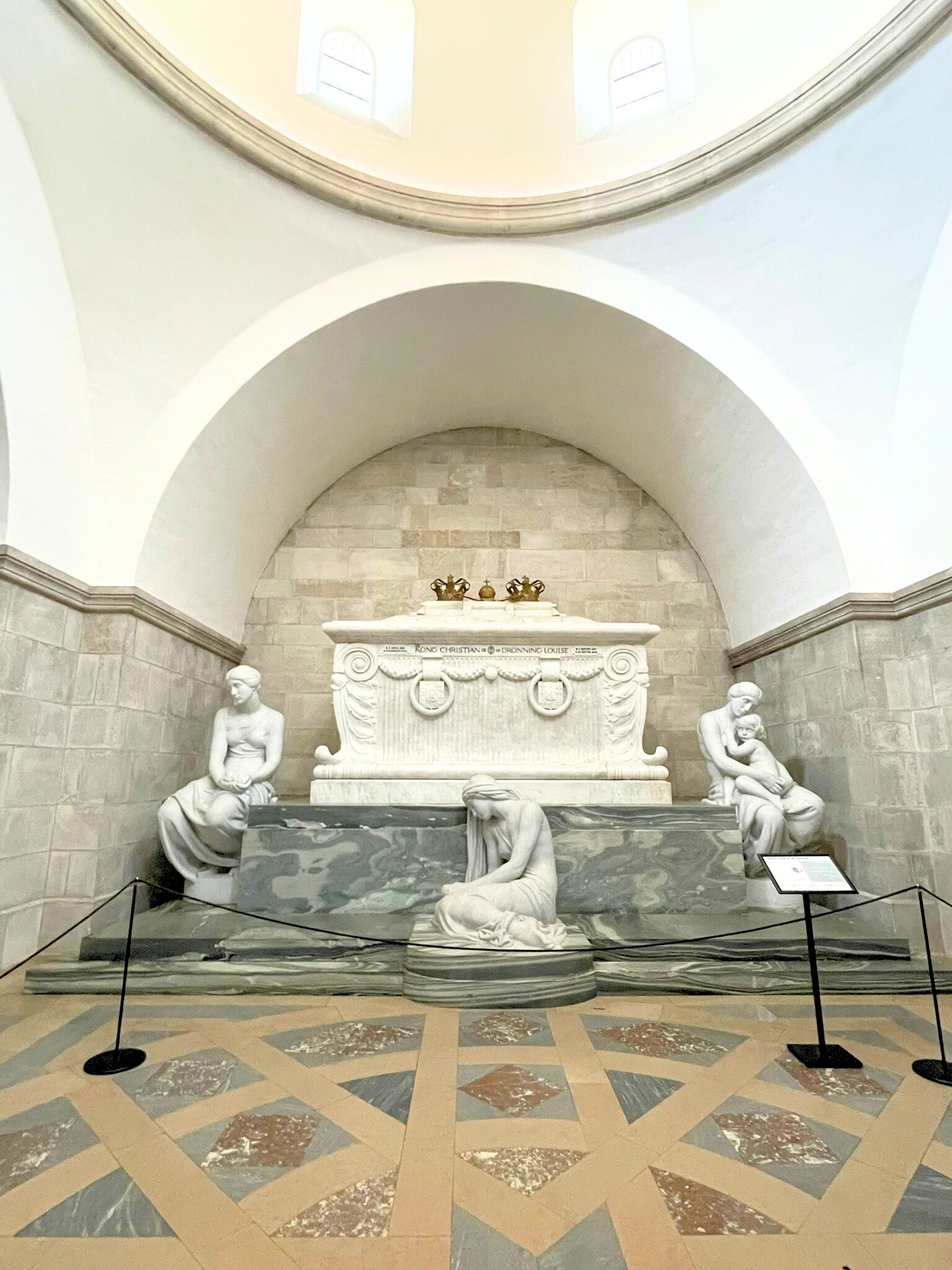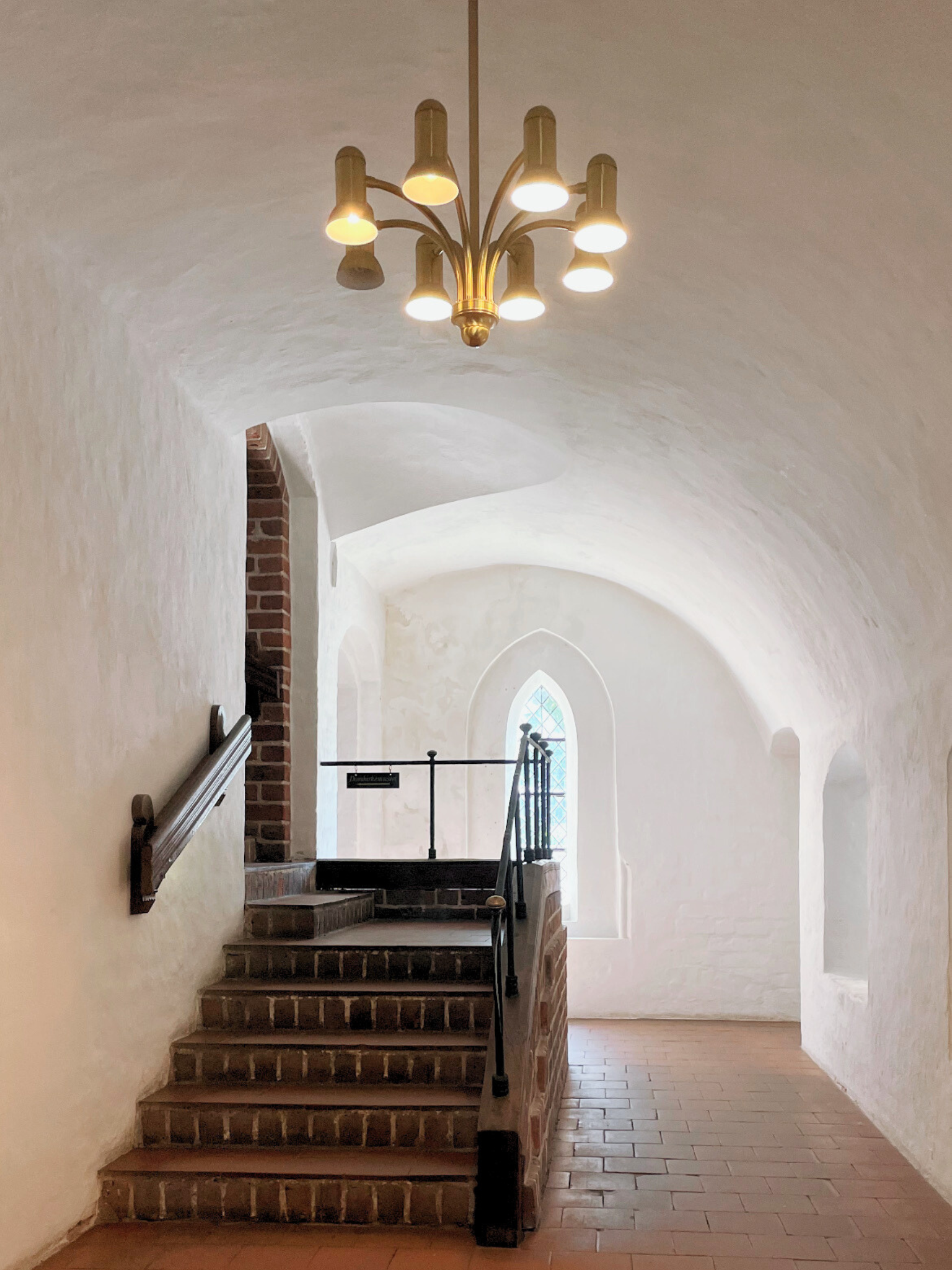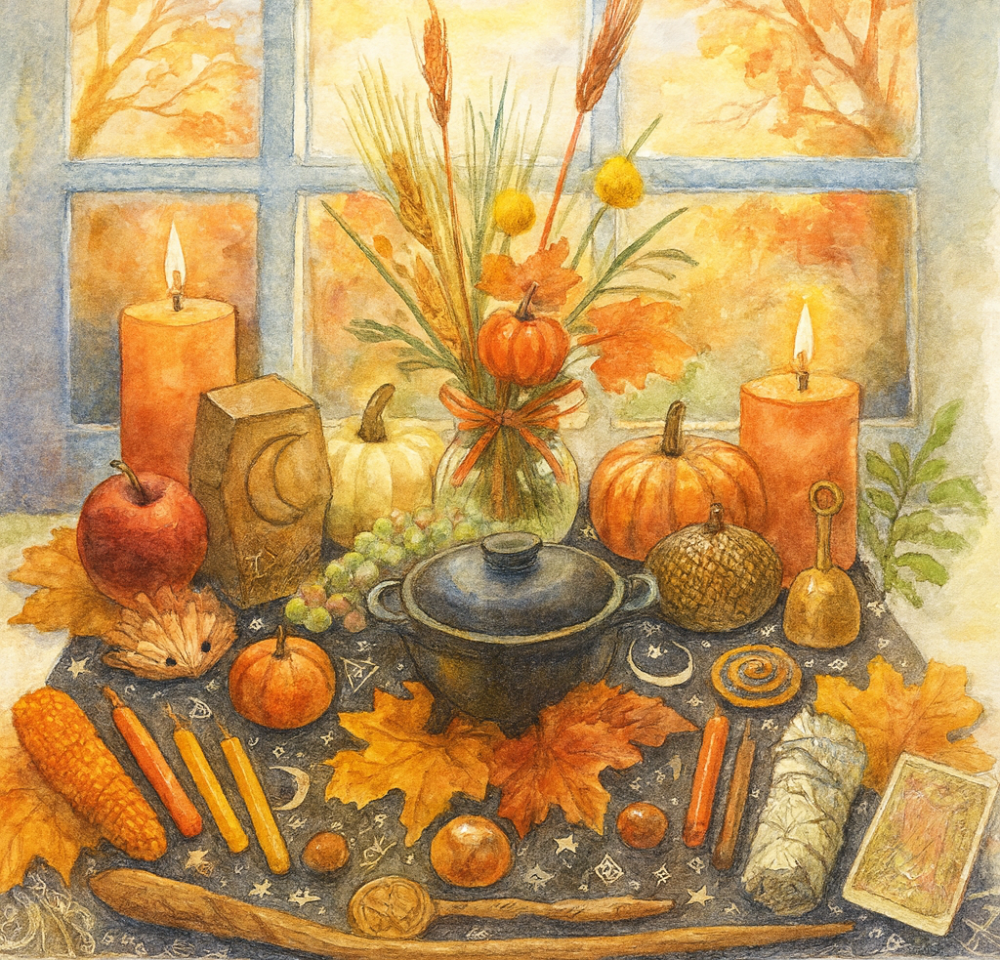Denmark: Roskilde Domkirke
There’s something majestic about Roskilde. It carries itself like a royal still walking among us, elegant, a little ghostly, and completely unforgettable. While many of its most famous residents are long gone, they’ve left behind stories etched in stone and stained glass.
Roskilde is ancient and regal, once the capital of Denmark and a major trading hub from Viking times through the Middle Ages. Today, it still feels like a place where history whispers from every corner, especially at Roskilde Domkirke, the cathedral where centuries of Danish monarchs are buried.
We didn’t get to explore the whole town, but this stop on our way to Copenhagen was enough to leave us in awe. What follows are my reflections and some of the photos we took during our visit, a two-hour deep dive into one of Denmark’s most extraordinary landmarks.
Where is Roskilde?
Roskilde sits on the southern edge of Roskilde Fjord, right in the heart of Zealand. It’s less than an hour west of Copenhagen by car or train. Back in 960, King Harald Bluetooth made it Denmark’s capital, choosing it for its strategic location and proximity to the sea after uniting Denmark and Norway.
About the Cathedral
Roskilde Cathedral (Roskilde Domkirke) is one of the oldest Gothic-style brick cathedrals in Scandinavia. Construction began in the late 1100s on top of an older travertine church originally built by Harald Bluetooth himself. Services resumed in the updated cathedral in 1225, but work continued over the years, with the iconic twin towers finally completed in 1405.
One of the standout features is the gilded altarpiece, originally created for a church in Danzig (now Gdańsk, Poland). The piece was seized as payment from a ship passing through Øresund, the narrow waterway near Kronborg Castle, which the Danish Crown once controlled. Talk about divine taxes.
The First Royal Burial: Queen Margrethe I
Queen Margrethe I was the first monarch to be buried at Roskilde Domkirke in 1413. Her body was originally laid to rest at Sorø Klosterkirke, but was moved to Roskilde the following year. The monks at Sorø were furious, mostly because having a queen buried in your church meant steady income from regular requiem masses. Spiritual squabbles and money, always a classic mix.
Her 600-year-old sarcophagus is still on display, ornate, powerful, and hauntingly beautiful.
Below is the 600-year-old sarcophagus of Queen Margrethe I:
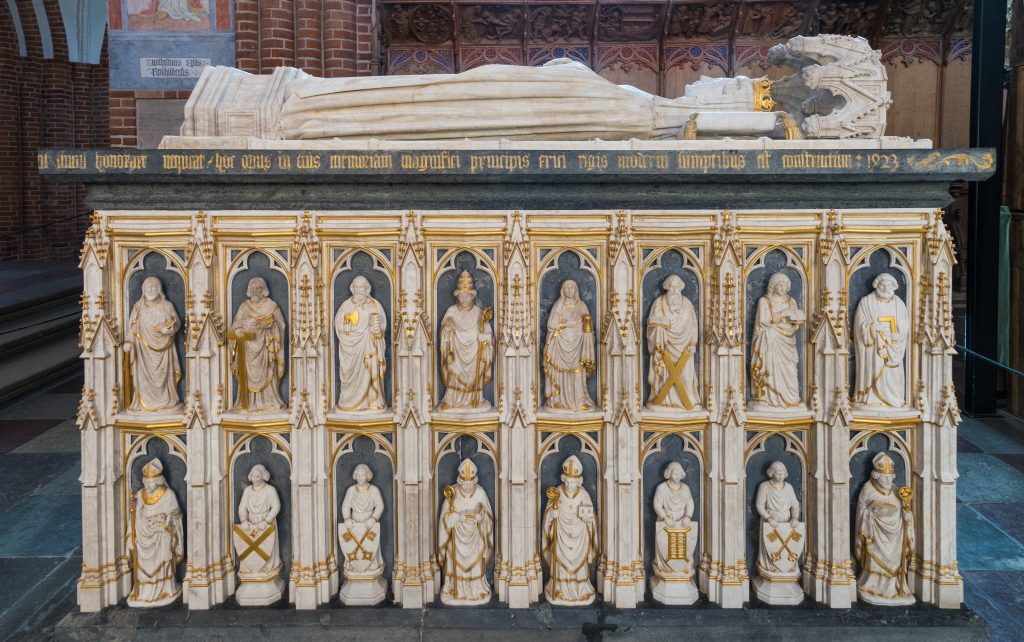
The Royal Chapels
Not all royals share the same burial room. Many have their own elaborate chapels branching off from the main sanctuary. Others are buried beneath the apse floors. Among the most notable:
- Christian IV, the beloved and ambitious king, lies in a chapel decorated with intricate latticework and ceiling frescoes.
- Christian Prince-Elect, his son, is entombed beside him.
- Frederik III and Sophie Amalie rest in golden sarcophagi that shimmer like relics of a vanished empire.
It’s intimate and surreal, walking through these crypts of power and legacy. You can feel the layers of history pressing in all around you.
A UNESCO World Heritage Site
Roskilde Cathedral has been recognized as a UNESCO World Heritage Site since 1995. With over 800 years of architectural history, it reflects the evolution of the European Gothic style and is one of the earliest examples of brick-built cathedrals in Scandinavia.
It shares that UNESCO status with world wonders like the Pyramids, the Great Wall of China, and the Grand Canyon. Yes, it really is that significant.
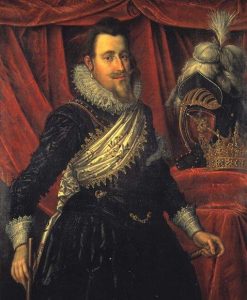
King Christian IV
Some of the royal sarcophagi are housed in separate chapels off the main sanctuary. Other graves are right on the floors of the apse and its flanks.
King Christian IV was the son of Frederick II and Sophie (the first royal couple to live in Kronborg Slot). He was also the uncle of England’s King Charles I. His chapel is decorated with intricate latticework and beautiful frescoes on the ceiling (above). Five sarcophagi stand in the Christian IV Chapel. In the photograph below, the sarcophagus in the foreground is that of Christian Prince-Elect (d. 1647), and behind that is the sarcophagus of his father, King Christian IV (d. 1648). In the photo below that one are the two golden sarcophagi of Sophie Amalie (d. 1685) are in the foreground, and King Frederik III (d. 1670), Christian IV’s other son.
Kings and Queens Laid to Rest at Roskilde Domkirke
House of Gorm and House of Valdemar
- Harald Bluetooth (d. 987) – ascribed to the cathedral, but no confirmed grave
- Sweyn Forkbeard (d. 1014) – same as above
- Sweyn Estridsen (d. 1074 or 1076)
- Queen Margrete I (1353–1412)
- Christopher of Bavaria (1416–1448) – grave location uncertain
House of Oldenburg
- Christian I and Queen Dorothea
- Christian III and Dorothea
- Frederik II and Queen Sophie
- Christian IV and Queen Anna Cathrine
- Frederik III and Queen Sophie Amalie
- Christian V and Queen Charlotte Amalie
- Frederik IV and his queens, Louise and Anna Sophie
- Christian VI and Queen Sophie Magdalene
- Frederik V and his queens, Louise and Juliane Marie
- Christian VII
- Frederik VI and Queen Marie Sophie Frederikke
- Christian VIII and Queen Caroline Amalie
- Frederik VII
House of Glücksburg
- Christian IX and Queen Louise
- Frederik VIII and Queen Lovisa
- Christian X and Queen Alexandrine
- Frederik IX and Queen Ingrid
It’s a full lineage of power, legacy, and transformation, each name echoing centuries of change.
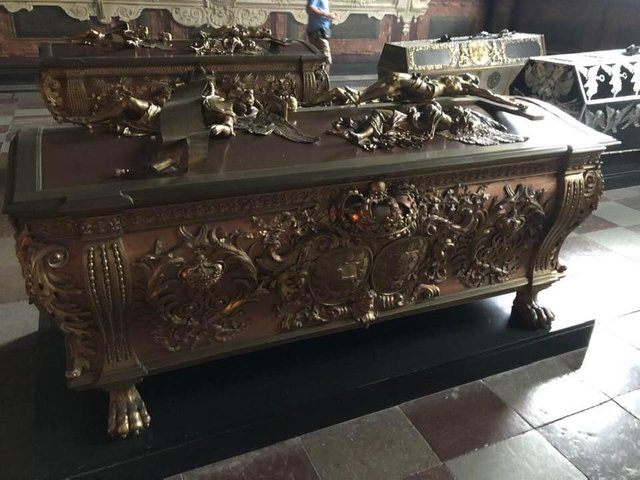
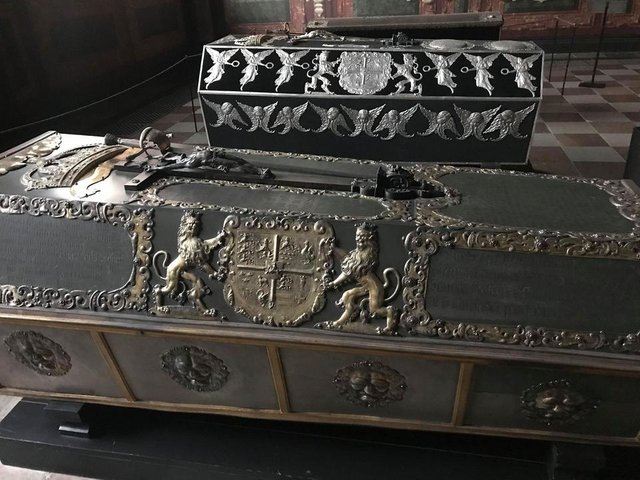
Final Thoughts
If you’re visiting Denmark and you love history, architecture, or royal lore, Roskilde Domkirke is a must-see. It’s more than a tourist stop; it’s a portal into Denmark’s soul.
You walk through this cathedral and feel like you’re stepping into the past with reverence, not as a stranger, but as a quiet witness to centuries of life, death, power, love, and faith.
You don’t need to be royal to feel the weight of legacy here. It stays with you, long after you leave.

